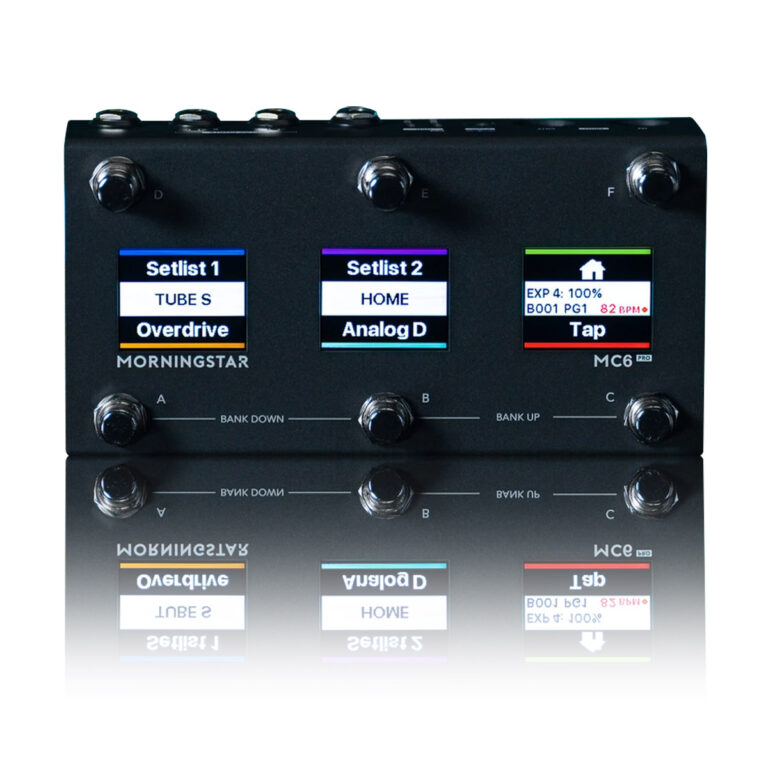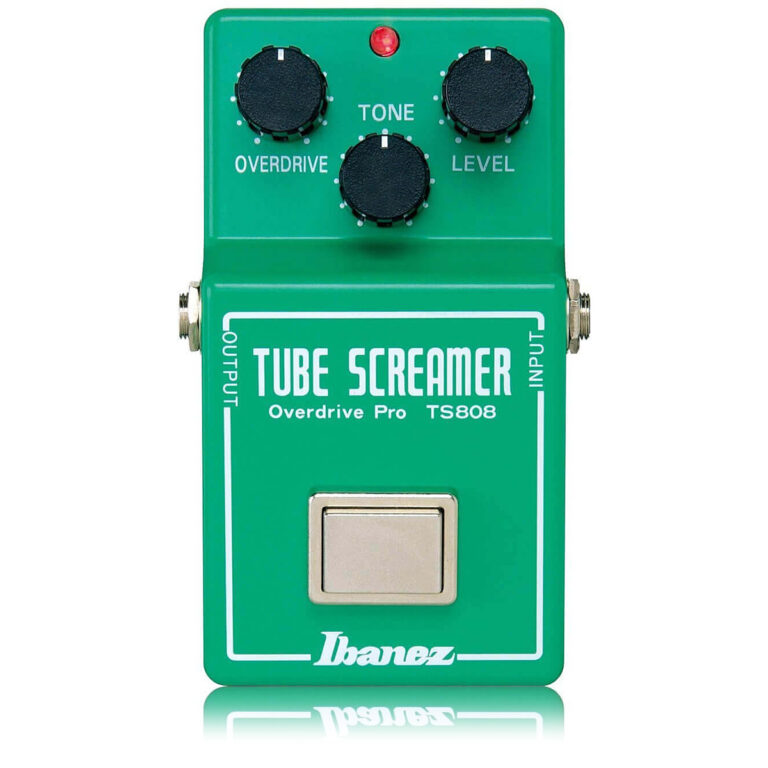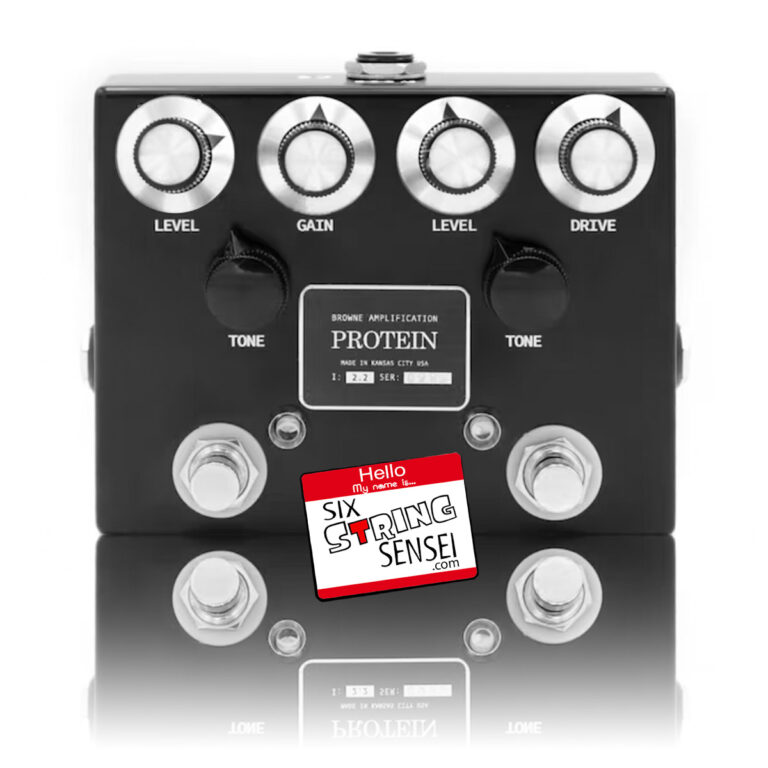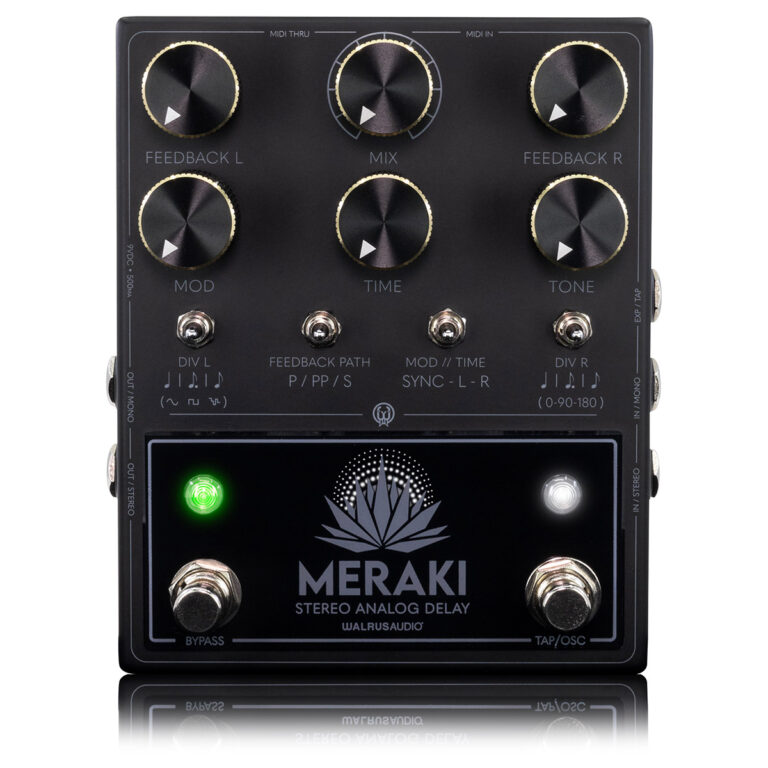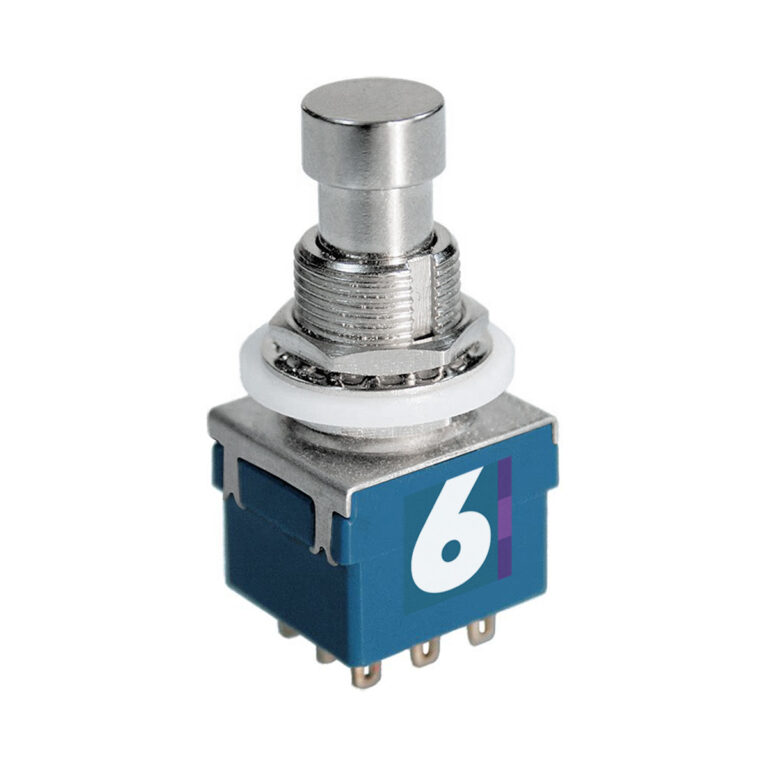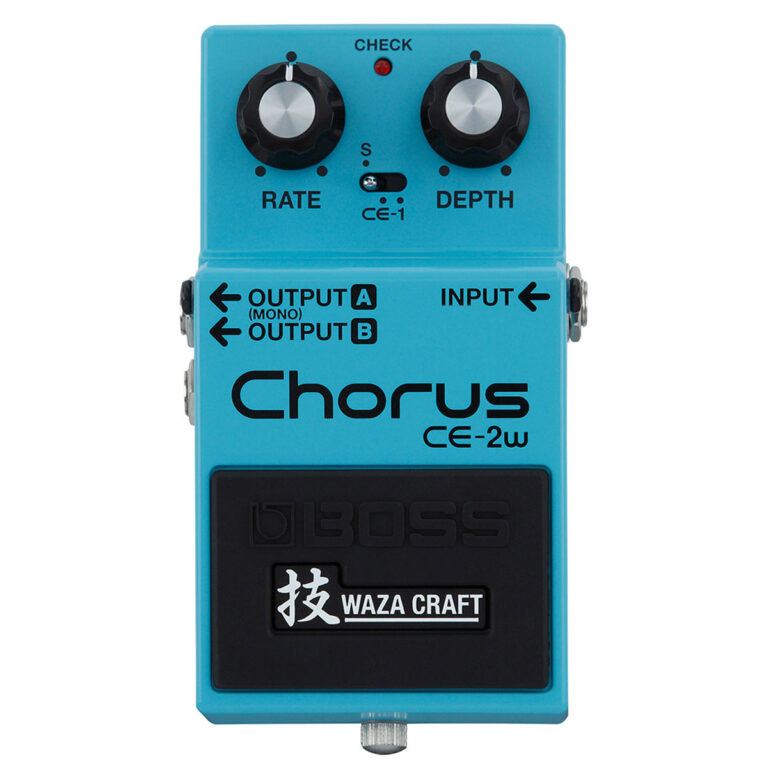The Business of Selling Guitar Effects Pedals While Promoting the Competition
Today I’m going to talk about the guitar effects pedal business and how competition between brands is completely different from other industries.
The business of marketing and selling guitar pedals in a highly competitive market thrives because it is one of the few markets where competition between brands isn’t limited to selling just one of each.
The nature of this industry reduces the threat the guitar pedal companies feel in regards to their competitors. Why? Because just because your competitor sold a guy a delay pedal doesn’t mean you can’t sell your own delay pedal to that same customer as well.
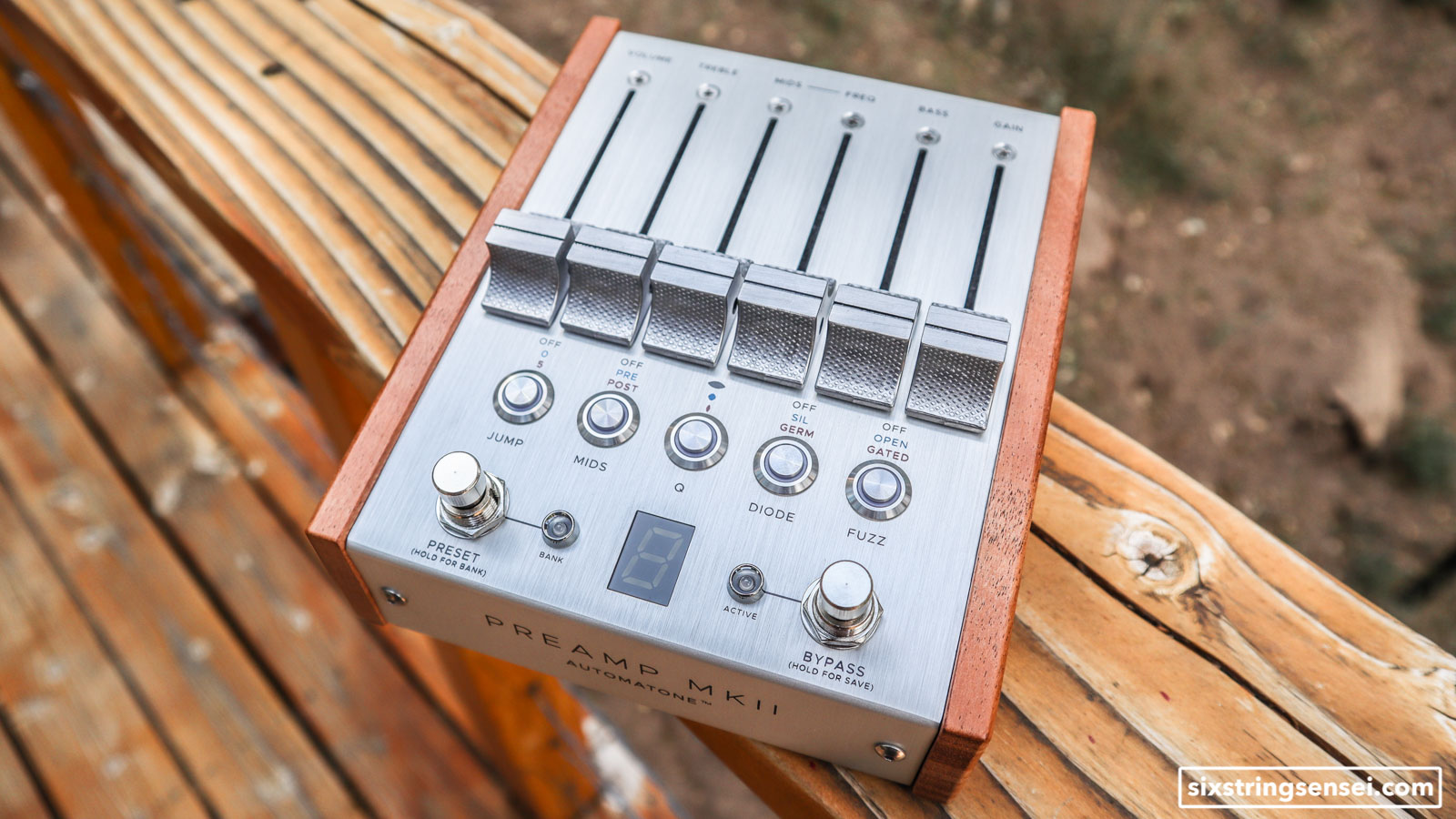
What I mean by this is that unlike, say for example, a mountain bike or a toaster, consumers don’t tend to buy just one. That’s the reason so many overdrive pedals or reverb pedals can be sold. Guitarists tend to have a collection, or at least, and most certainly, more than one of each type. This is the reason Josh Scott from JHS Pedals has built a business out of promoting and propping up everyone else’s great guitar pedals while still selling a boat load of his own.
The More The Merrier – You Sell Yours, I’ll Sell Mine Too
More and more guitar effects brands have taken this approach. I noticed Browne Amplification, whom I wrote a Browne Protein overdrive review recently, have been seen referencing many of their competitor’s pedals as well. Walrus Audio and Chase Bliss Audio seem to do the same.
The larger, more “corporate” companies such as BOSS and MXR don’t do this as much, or at all. In fact, a look at BOSS-Roland’s and Jim Dunlop’s Instagram account revealed I couldn’t find any posts with their pedals sharing the space with pedals from another company. I’m not saying they don’t ever do it, but I sure couldn’t find any examples of it. Electro-Harmonix also seems to follow the same approach. The pedalboard photos and group pedal photos I could find on their Instagram account only featured EHX pedals – nothing else.
Out of curiosity, I went to Strymon’s Instagram account and it was pretty much like that of BOSS, MXR and EHX… however, I did spot a Voodoo Lab Giggity pedal in one of the pedal board build videos they were hosting. But, that was it. I was hoping Strymon would be sharing more space with others, but not quite.
Sharing Is Caring – Pedalboard, Effects Brand Combinations and MIDI Switchers
I really do like the approach of giving props to your peers. Apart from JHS, Brian Wampler seems to be pretty good at this as well. The companies that build pedal board or MIDI switchers for widespread use adopt this approach as well, since, in reality, that’s what the end user is going to do anyways. Creation Music Company, Goodwood Audio, Morningstar Engineering and RJM Music are pretty good at this. This brings me to the following:
At the end of the day, most pedalboards out there are going to have a pretty healthy combination of pedal brands. Very few guitarists tend to build a board with just one pedal make all over it. Some guitarists go as far as criticizing that. The reason so many of these guitar pedal makers are doing so well is because, like me, most guitarists have a quiver of 5 (or 10) different overdrive pedals, 10 (or 20) different fuzz pedals and a bunch of different choruses, delays and reverbs. This is also the reason a single company can make a bunch of variations of the same type of pedals and stills sell a bunch of them.
Keeley Electronics for example. Robert Keeley has had the Caverns Delay-Reverb in the lineup for years. But then, the Keeley Eccos comes out to raving reviews and everyone wants one. Then the Andy Timmons HALO pedal comes out and it tops the Eccos in sales… but I personally don’t plan on selling my Eccos – Well, maybe one of them. The white one. And I bought a Keeley HALO. See my point?
What About Color Variations?
And speaking of colors. We get so caught up in this frenzy of building and “tetrising” our way to awesome pedalboards that we decided we want to color-coordinate our boards. So now we realize we “NEED” that black Strymon BigSky, or Midnight Strymon Timeline which is what they actually call that special release of black Strymon big boxes. Eventide did that too. Their famed Eventide H9 was white for most of its lifetime, but then it also saw a Dark H9 (black), special edition Gear Hero Red H9 (of which I have two by the way), and some other limited releases such as a copper version. Now that the Eventide H90 came out, in white of course, it will be a while, but I guarantee we’ll see a black Eventide H90 version at some point.
I think we’re only seeing the start of this spirit of collaboration and camaraderie in the guitar pedal industry. The world of YouTube has definitely fueled this trend. Back when a guitar pedal company’s exposure relied mostly on paid ads in magazines, to tell a really short story, the chances of also promoting the competition is the process were very slim. However, with Facebook, YouTube and Instagram generally being free for organic content, this trend of collaboration and mutual promotion is likely here to stay.

